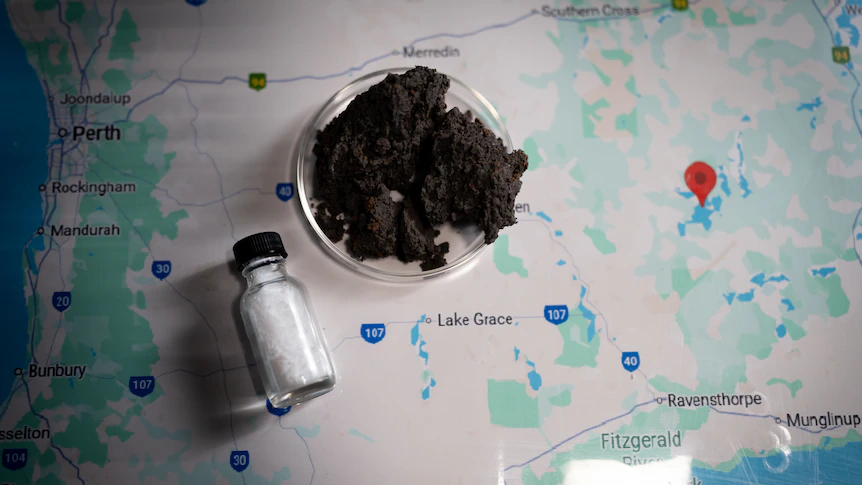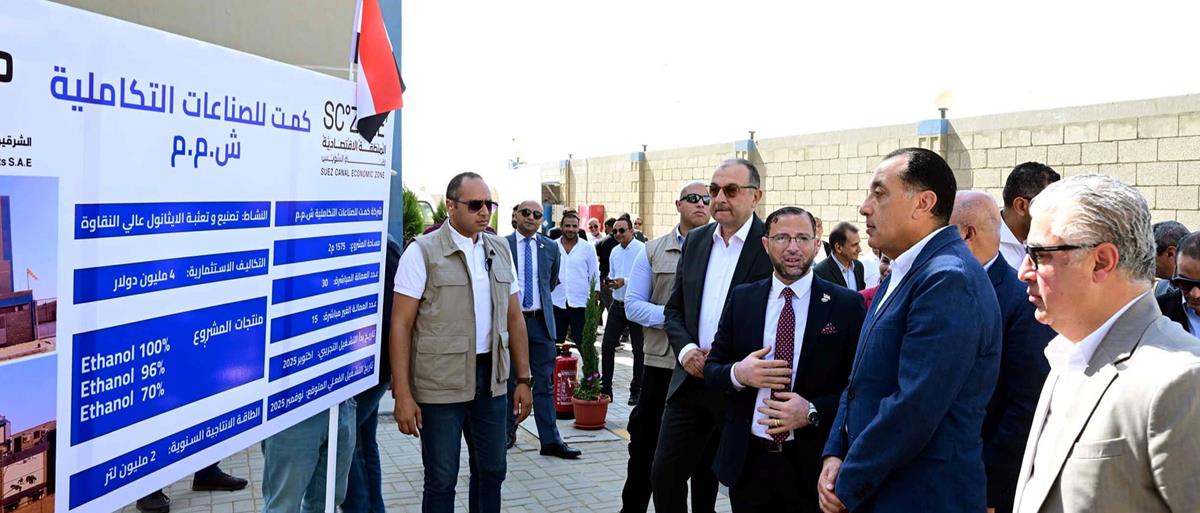Copyright abc

Pursuing the holy grail of critical minerals could be economically irrational, and Australia will need to bet on emerging technologies to make it viable, leading researchers say. Despite global demand for critical minerals to fuel the world's insatiable appetite for technology, processing them isn't necessarily lucrative. "Copper, as an example … in China they're actually running at a negative — you cannot build a smelter for copper any place in the world anymore for treatment because of the way it's being sponsored in China," Curtin University metallurgy professor Jacques Eksteen said. Speaking at a metallurgy festival, after Australia and the United States inked a $13 billion critical minerals deal to challenge China's dominance, Professor Eksteen warned the crowd of the industry's volatility. He said critical minerals were essential to modern technology — but while many were naturally abundant, they were being gate-kept amid political and trade tensions. "They're critical because of geopolitical reasons, mostly, which means that politics created the problem in the first place," he said. "Commercial sustainability needs government help." Despite the challenges, scientists at the festival were hopeful Australia could carve out its own space in the global refining market, of which China controls about 90 per cent. It's a gamble on science, and whether it can solve the economic and environmental challenges of processing the minerals which power the modern world. Three key problems Australia is already a significant player on the world stage in critical minerals, supplying almost half of the world's lithium — used in batteries — along with other minerals and rare earths. However, there are three key challenges which have mostly prevented Australia from taking the next step of refining its own natural resources, according to Professor Amir Razmjou. It's expensive, difficult, and can be environmentally catastrophic. "If we want to be successful in the global market, we need to find a way to produce at low cost," Professor Razmjou said. "There is also a lack of enough expertise, a skill shortage. And, finally, environmental considerations." It's in laboratories like Professor Razmjou's at Edith Cowan University where scientists are trying to develop more efficient and sustainable methods. "I'll just give you an example … the production of lithium from hard rock produces somewhere around 15 to 20 tonnes of carbon dioxide (CO2) per one tonne of lithium," he said. "The production of rare earths and critical minerals are also very water intensive, there is a big amount of tailings and wastewater dumping, which has a lot of environmental implications." Past scenes of wastewater from metal and critical mineral processing being dumped into a lake, in China's industrial city of Baotou — where more than 80 per cent of the country's rare earth deposits are located — show the potential cost of technology. Local media have reported large parts of the city were deemed "unsuitable for human habitation" by environmental agencies due to the pollution, something the local government has attempted to remedy in recent years. It's unlikely scenes like this would be repeated in Australia due to stricter and modern environmental regulations, according to Professor Razmjou. But, to add another hurdle to Australia's critical mineral pursuit, he said sustainability came with a financial cost. "I don't have an exact number, but I think it would be another 40 to 60 per cent of production costs if you want to consider all of those environmental restrictions," he said. Costs don't add up Developing new technology is one thing, and implementing it at a globally competitive commercial scale is another. Australia's nickel industry collapsed after the market was flooded by Indonesia, where it's cheaper and easier to mine and refine the mineral, at a cost to the environment. Professor Aleks Nikoloski, who's working to scale up emerging refining technologies at Murdoch University, said the nickel market was a warning sign of the difficulties ahead as Australia pursues the broader refining market. It was an "ambitious target" to capture the global refining market while also pursuing the target of net zero greenhouse gas emissions by 2050, he said. The solution, according to Professor Nikoloski, is to develop technology which makes processing more efficient, cheaper, and which would be acceptable within Australia's environmental framework. When asked what the next step would be if competitors also adopted new technology, Professor Nikoloski said the answer was simple. "In that case, we will just have to increase and ramp further — it is a never ending story," he said. "The most important parameter is the quality of the feed [raw material] — if we have good feeds, and educated people and sound infrastructure, we should be able to adapt to the times.



